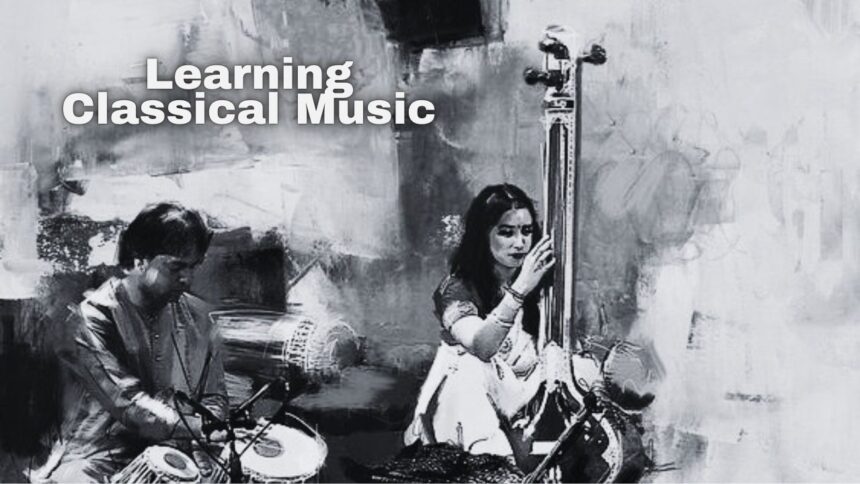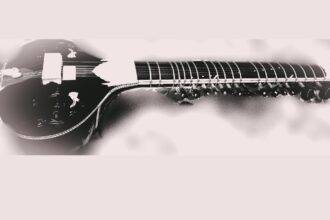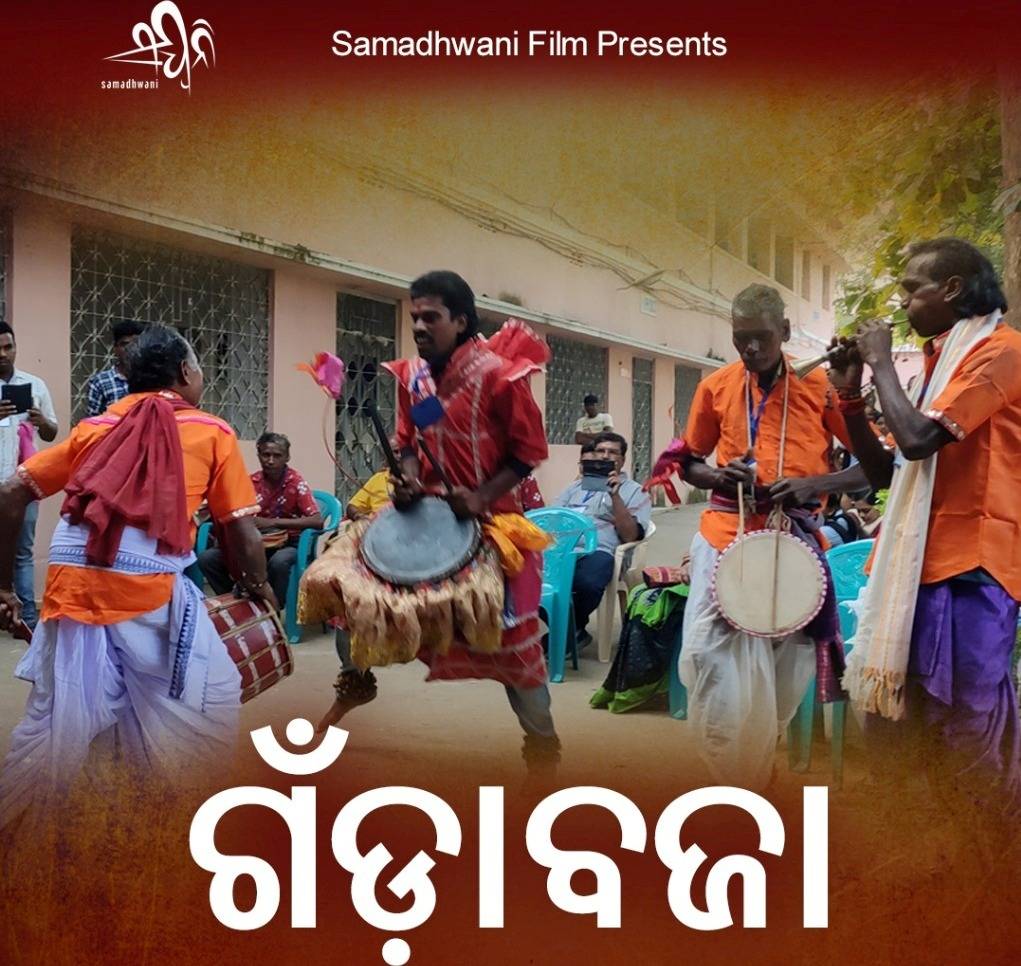This article presents Sri Mukunda Dev Sahu’s perspective on the importance of disciplined learning in classical music, drawing parallels between medical treatment and artistic training. The author emphasizes the crucial role of a guru in guiding students through a structured learning process, highlighting the need for discipline, focus, and adherence to traditional teaching methods to achieve mastery of the art form and develop a unique musical identity. – Editor
Imagine giving a heart patient cancer medication or prescribing stomach ache medicine for a dental patient! Would such an approach heal either person? We would call such a doctor ignorant and perhaps the patient uneducated. This analogy highlights a simple truth: to heal a specific ailment, you need the appropriate treatment. Likewise, in music or any art form, an informed approach is essential. As a classical music teacher, I’ve observed this many times with my students—how the knowledge I pass down from my gurus impacts them and how they receive it. This article aims to explore this dynamic.
Just as a doctor diagnoses the problem before prescribing medication and outlines a time frame for healing, a guru assesses a student’s musical aptitude, maturity, and foundational knowledge. Based on this assessment, the guru designs the teaching process. A wise student follows the guru’s method, dedicating their energy to refining their skills. If a student is not inclined to discipline, the guru’s wisdom may not resonate with them. Much of this interaction depends on the student’s environment, atmosphere, and upbringing.
Let’s delve deeper into how this exchange works. Classical music is considered an auditory art, while dance is a visual one. Both require the practitioner to observe discipline. In auditory art, the discipline lies in knowing what to listen to and what to avoid. Similarly, visual art is about discerning what to watch and what not to. In today’s world, where screens—mobile phones, in particular—are everywhere, this distinction becomes crucial. Watching reels, for example, has become second nature to most people, but artists and students need to understand when it helps and when it doesn’t.
Returning to the analogy, just as a specific medicine is prescribed to cure an illness within a given time frame, in art, adhering to the time-tested guidance of a guru is crucial. As human beings, our thoughts and behaviors reflect what we constantly absorb. If we regularly engage with violent or disturbing content, it will manifest in our actions. In the same way, if we fill our minds with shallow or negative music, it will inevitably reflect in our own artistic expressions.
Recently, a friend of mine who resides abroad shared a story about his strict guru, who forbade him from listening to other artists during his training. Though it caused frustration initially, over time, he realized the value of this disciplined approach. Years later, he even wrote a popular book based on his guru’s teachings. In the past, such strictness was common, which is why the concept of “Gharana” (musical lineage) held so much importance. However, today, listening to Gharana-style singing seems like a distant dream because many have lost their sense of discipline. This is not the fault of students or teachers alone; societal changes have played a significant role.
Classical music, being an auditory art, is traditionally passed down through oral transmission—what we call “Gurumukhi Vidya” (knowledge from the guru’s mouth). The purity of this form depends on faithfully following the guru’s instructions. Listening to other styles or traditions during the formative years of training may dilute the student’s own musical journey. The more one immerses in a particular tradition, the more assured one’s progress is.
In the Deva Vani Dhrupad Music tradition, there are five principles of the discipline known as “Sadachaar” that guide the student toward maintaining musical purity and discovering their own unique expression. These principles are deeply embedded in the Deva Vani Dhrupad tradition, and following them ensures that a student upholds the integrity of their art while carving out a distinctive identity in today’s world.
The famous name of Tansen is well-known in the Indian classical Dhrupad Music tradition. Many singers aspire to become like him. I remember, back in 2011, when I visited my late friend Devdatt’s home near Pune, his father—an avid classical music enthusiast—blessed me with valuable advice. He said, “Many are trying to prove themselves as Tansen, but you, my son, strive to be a ‘Kansen’ (one who listens). Focus on listening carefully to your guru and your own voice during practice. Always be mindful of what music you expose yourself to, for it will shape your musical journey.” His words had a lasting impact on me and helped me develop a distinct musical style of my own.
Over the years, many students have come to learn from me—some for a short time, some for longer. My only hope is that they gain something valuable from their training, something that impacts their lives and brings stability to their journey. In conclusion, I’d like to emphasize that art can transform your life, but only if you distance yourself from the distractions of easily accessible entertainment and instead focus on the teachings of your guru. Only then can you truly understand the depth of art and discover its beauty.







